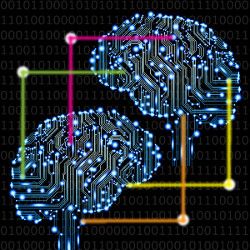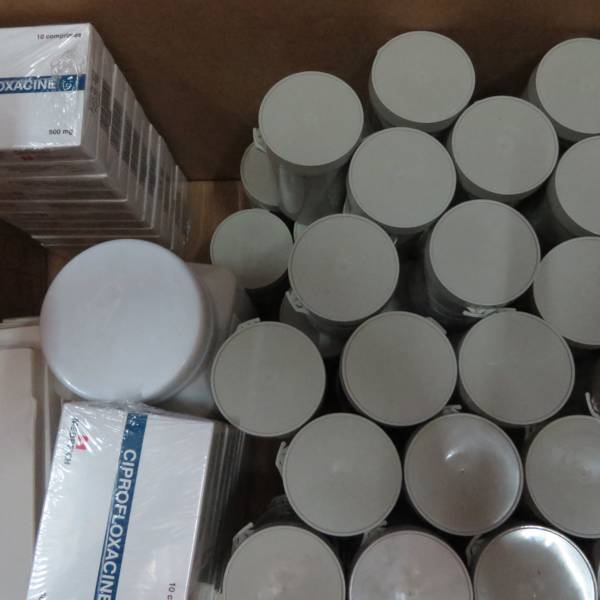When ozone and skin oils meet, the resulting reaction may help remove ozone from an indoor environment, but it can also produce a personal cloud of pollutants that affects indoor air quality, according to a team of researchers.
In a computer model of indoor environments, the researchers show that a range of volatile and semi-volatile gases and substances are produced when ozone, a form of oxygen that can be toxic, reacts with skin oils carried by soiled clothes, a reaction that some researchers have likened to the less-than-tidy Peanuts comic strip character.
“When the ozone is depleted through human skin, we become the generator of the primary products, which can cause sensory irritations,” said Donghyun Rim, assistant professor of architectural engineering and an Institute for CyberScience associate, Penn State. “Some people call this higher concentration of pollutants around the human body the personal cloud, or we call it the ”Pig-Pen Effect.””.









